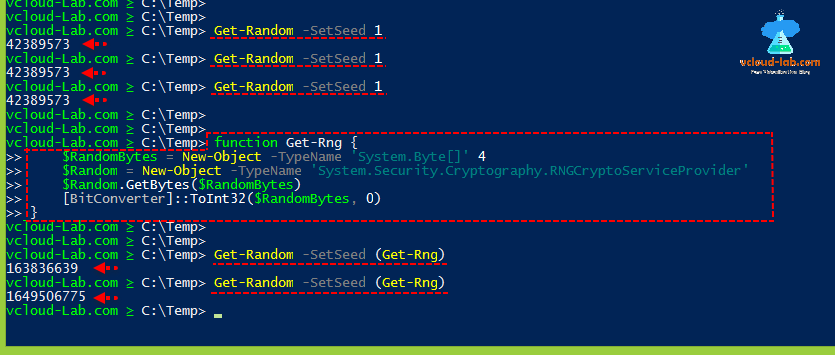
The update is provisioned for users of Windows 10 version 1803 and above, and replaces the classic Edge app once installed. Note: Microsoft has started delivering Microsoft Edge to users of Windows via Windows Update. The stable version of the browser is available on the following page: You can download pre-release Edge version for Insiders from here: When the option is enabled, Microsoft Edge will suggest strong passwords and, if you choose to use them, they’ll be saved and filled automatically next time. On the next page, turn on or off the option Suggest strong passwords for what you want.On the left, click on Profiles. On the right side, click on Passwords.Click on the Settings button ( Alt + F) and select Settings from the menu.Until then, peace.Download Microsoft Edge To Disable or Enable Suggested Passwords in Microsoft Edge, If you have any questions, send email to me at or post your questions on the Official Scripting Guys Forum. I invite you to follow me on Twitter and Facebook. Join us tomorrow as Sean begins a three-part series about using Windows PowerShell to create home drives. Thank you, Sean, for a useful and interesting blog post. I would suggest avoiding enforcing the 43-character minimum as the limit. What’s important for you, is that you can generate them relatively easily and in methods under your control. There are some excellent scripts in the Script Repository for building passwords in a myriad of ways. How you build the source data for generating a password is up to you. $SecurePW=CONVERTTO-Securestring $PW -asplaintext -force $PW= GET-Temppassword –length 9 –sourcedata $ascii | CLIP Or if you want to generate the password as something useful for a New user, and the cmdlet requires that the password is in a secure-string format, you could do something like this to save it, clip it, and make it secure: GET-Temppassword –length 9 –sourcedata $ascii | CLIP This will take the output and place it directly onto the clipboard. You can pipe this function to a built-in feature in Windows 7 and Windows 8, called clip.exe. Running with this combination, we get a slightly more palatable password: First, we generate a variable that contains all of the uppercase characters in the alphabet as a start. So we could improve our random Password by submitting a string containing the entire alphabet to the Get-Random cmdlet. “dog”,”cat”,”rubber chicken” | GET-RANDOM Get-Random can even work with random data from an array such as this: Sure, it could be a really cool pin code for somebody’s voicemail or a really lousy login Password.

It will immediately produce a 10 character random numeric number. Generating a password really isn’t too tricky when you think about it. I am also sure Sean will be hanging out at the booth. We also invited to share the booth with us, so come by say hello to Don Jones, Jason Helmick, and Mike Robbins. The Scripting Wife and I will be there in addition to Chris Duck and Brian Wilhite. Sean will be the blogger all week, and today he is writing about passwords.īTW, if you are in New Orleans for TechEd this week, be sure to come by the Scripting Guys booth and say hello. In his free time, Sean has written several blog posts about Hyper-V and some other cool stuff. Sean is a Windows PowerShell MVP and an Honorary Scripting Guy. Sean has been selected to present sessions called Integrating with Microsoft System Center 2012 and Windows PowerShell at TechEd NA and TechEd Europe this year.

If you are new to the blog, I welcome you, and I encourage you to catch up with Sean’s previous blogs. If you are a seasoned Hey, Scripting Guy! Blog reader, you know that the most frequent guest blogger is Sean Kearney. Microsoft Scripting Guy, Ed Wilson, is here. Summary : Microsoft Windows PowerShell MVP and Honorary Scripting Guy, Sean Kearney, talks about generating passwords with Windows PowerShell in Windows Server 2012.


 0 kommentar(er)
0 kommentar(er)
